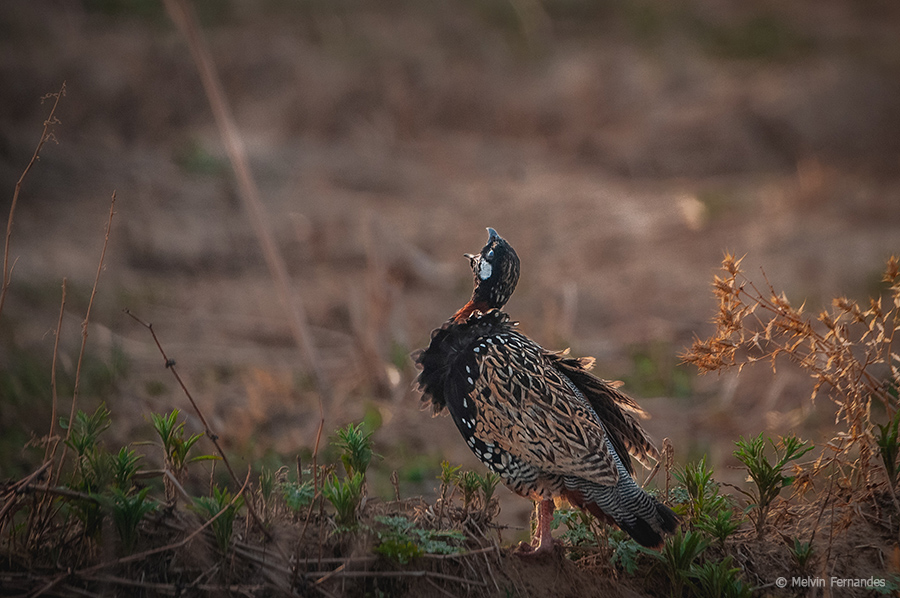Ranthambore Tiger Reserve

About Ranthambore Tiger Reserve
Ranthambore National Park is a former royal hunting ground used by the Maharajas for hunting the tigers primarily. It is home to tigers, leopards and marsh crocodiles. It is close to the 10th century Ranthambore Fort, which was constructed on a hilltop, and the Ganesh temple in the close vicinity. There is a lotus tank (Padam Talao Lake) waterbody which supplies water to the region. This lake is known for its water lilies which grow in abundance. It is located at the junction of the Aravalli and Vindhya hill range, in Sawai Madhopur District of Rajasthan state. For the animal lovers, this is one of the best places to explore wildlife. The park covers an area of approximately 400 sq km with a buffer area of another 100 km, extending its periphery by 500 sq kilometer.
Ranthambore National Park was inducted as a wildlife sanctuary in 1957. After gaining the prominence in 1974 for executing the success of “Project Tiger” to protect the big cat it rose to fame. It got its status of a National Park in 1981. The distinctive feature of this park is the structures that decorate its periphery and reminds the users of the bygone eras. This park is full of water bodies which are located all over the park. These water bodies provide perfect relief during the harshest weather conditions of hot summer months. Though the humans may adapt to these conditions, the animals find it difficult to keep their cool. These water bodies come to their rescue and with known/unknown access to water to ensure good health. Some of the structures, gravings we find in the region tells the wonderful story of the glorious and victorious part of the past. There are many ruins of bygone eras scattered all over the jungle. It will give it a unique, wonderful and mixed experience of nature, and nurturing history besides of course the wildlife. Catching the glimpse of untamed tigers at Ranthambore National park is an experience of its own type. They have been seen hunting even in full view of wildlife lovers. Unlike tigers which go on hunting after dusk or late in night, these tigers are fearless. They are seen going for hunting in the broad daytime too. Due to their lack of fear of human presence in vehicles. This fearlessness of the big cats offers a joyous experience to the tourists. They hardly get to see the tigers being at ease in their presence.
Its scenic beauty and plush green surroundings of this National park is a treat for wildlife enthusiasts and photographers. It offers excellent accommodation and internal transportation facilities. Like any other tiger reserve, the park remains open every year from October to May. Rannthambor park is famous for exciting and frequent tiger sightings. The joy of capturing the sight of the big cat in action has been mentioned by many book authors.
Fauna & Flora
The fauna and flora at Ranthambore is breathtaking. It is home to many wild animals including tiger, leopard, marsh crocodile, sloth bear, and wild boar. Besides offering a conducive ground for the hunting animals it also offers food for herbivores as well. This is why this park is densely propulated by nilgai, sambar, caracal, hyena, jungle cat, chinkara, and black buck. Its avian life offers the best of opportunities to birdwatching communities, ornithologists. The park has a significant bird population, both resident and migratory including greylag goose, woodpeckers, and Indian grey hornbills. It is also home to common kingfishers, cuckoos, Asian palm swift, owls, nightjars, eagles, drongos, flamingos, falcons, etc.
The majority of the region is of the dry deciduous type. Besides growing the plants of medicinal values, the most prominent trees spotted here are dhok, mango, jamun, gum, kadam, khajur, and khair, its banyan tree which has made it a popular attraction for zoologists.
Request a Quote
Other ways to contact
Email us
tour@wildusk.com
Call Us
8860337105, 9354454203
